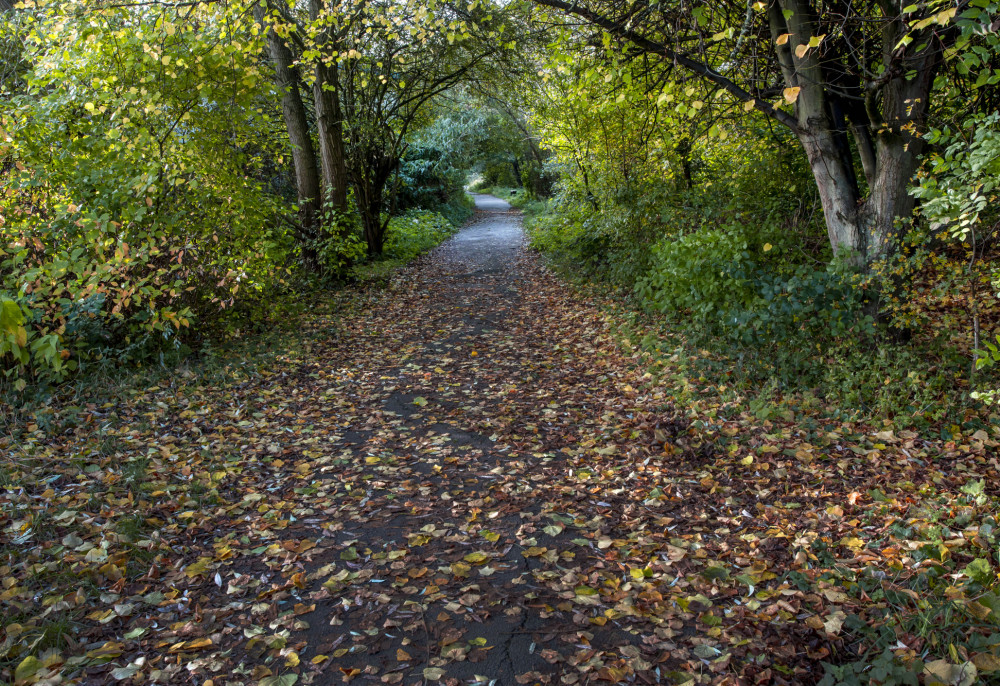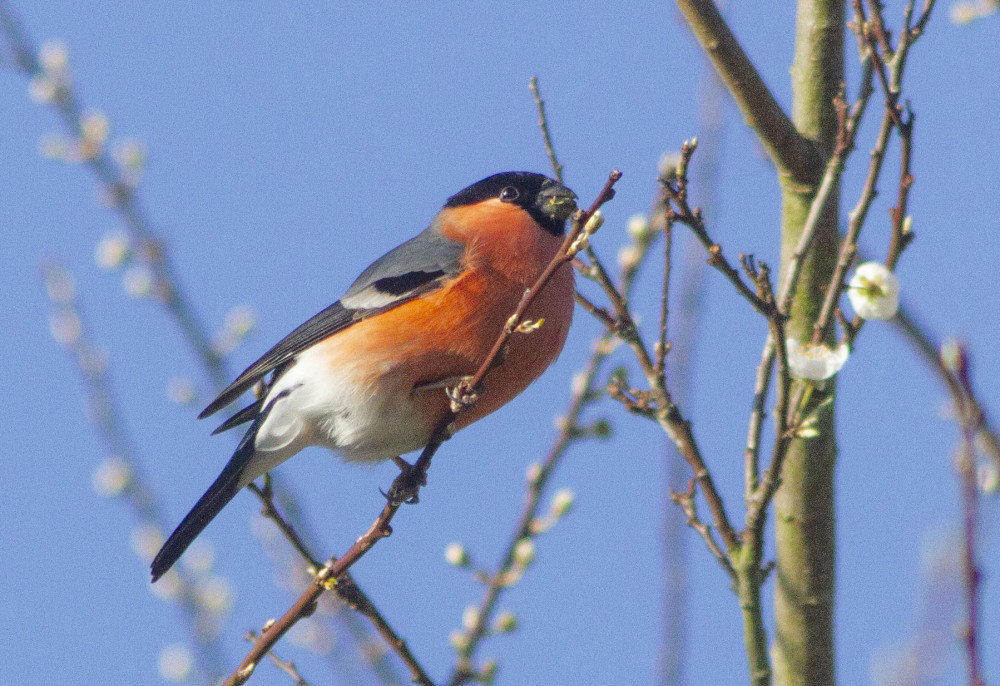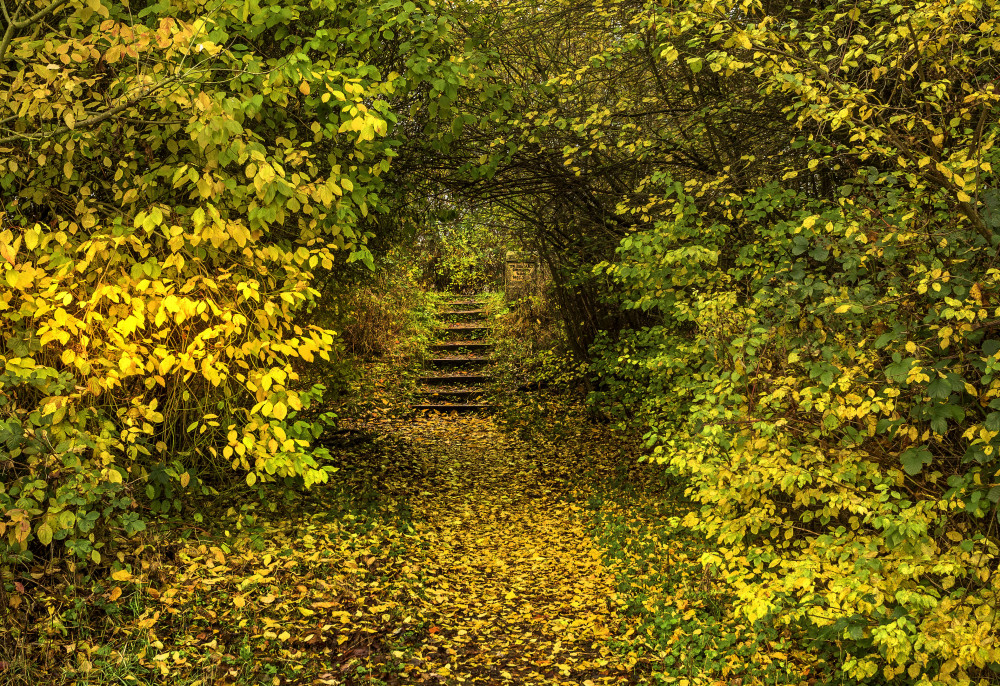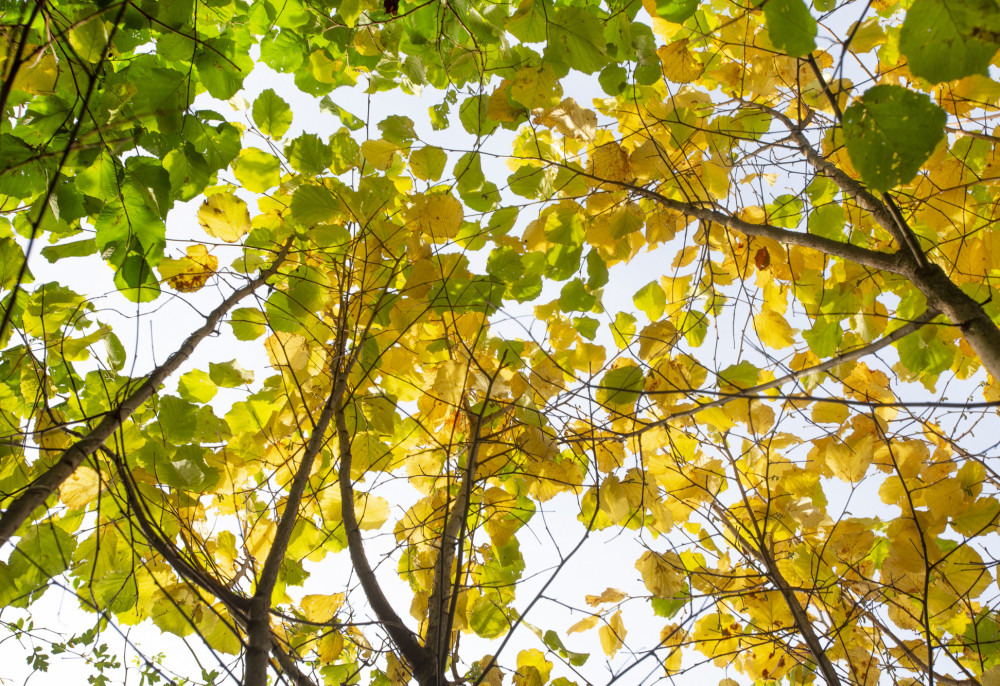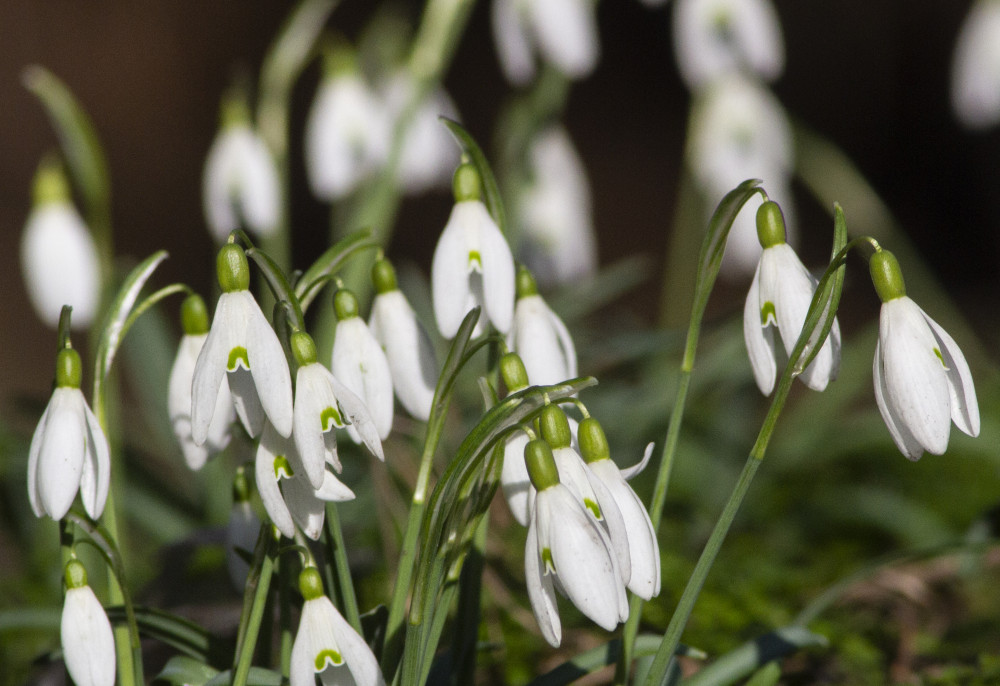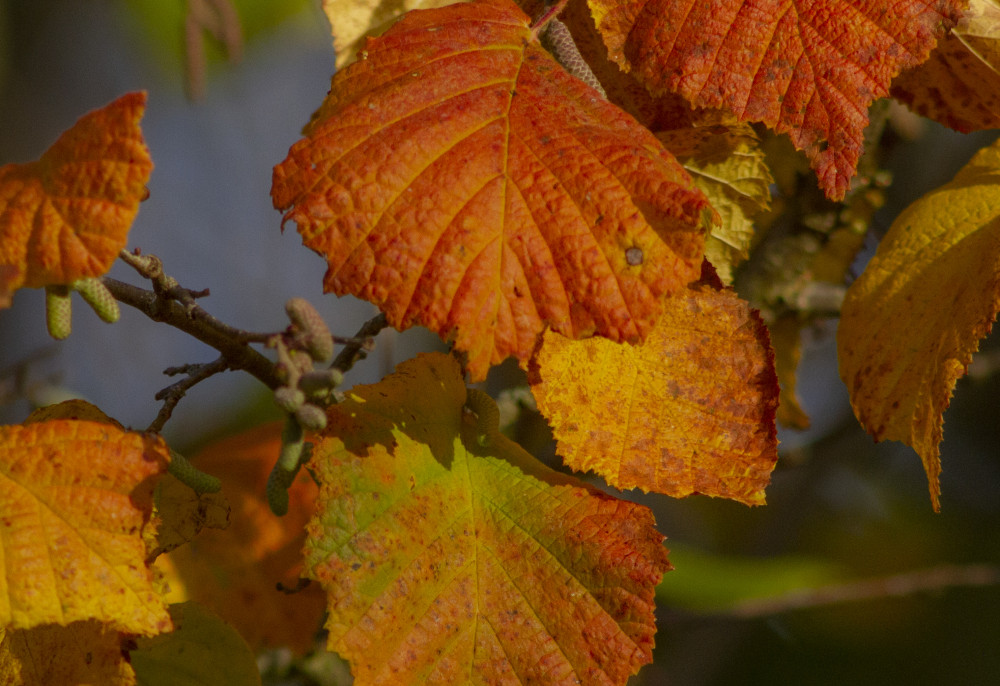Site Description and Maps
Since the clay capping of the old landfill in 1993-4, St Nicks has been extensively planted up with native tree, shrub and plant species, and now contains areas of scrub, young woodland, thicket, meadow, rough grassland, and coppice as well as a watercourse. The site is managed as a mix of habitats for a range of wildlife and a good educational resource.
The central part of the site is divided between wildflower meadow and rough grassland, along with developing scrub and a few mature willows. The wildflower meadow and scrub provide larval food plants and nectar for a variety of butterflies. Common Blue, Holly Blue, Orange Tip, Ringlet and Meadow Brown are seen regularly with many more species less frequent visitors. The rough grass and scrub contain large stands of teasels and thistles providing seeds for finches. Large groups of goldfinch can be seen in winter along with Chaffinch, Bullfinch and Siskin as frequent visitors.
The south of the site contains a thicket dominated by Elder, Hawthorn and Bramble. These thickets provide cover for nesting robin, wrens, sparrows, dunnocks, blackbirds and thrushes. Song Thrush are seen along with occasional migrant redwings in winter. The northern part of the site contains a considerable number of fruit trees along with well-established ash and alder, and scattered hawthorns. This area feeds large numbers of blackbirds and bullfinches.
The western area of the site is formed by a clay bund acting as a boundary between the nature area and an adjacent commercial site. This whole area has been planted as John Lally Community Woodland over a period of 5 years from 1996-2001. Some trees are well-established now while others are slow growing on the clay substrate. The woodland mix includes ash, lime, field maple, willow, dogwood and oak.
There are linear extensions to the north west and south east of the nature reserve, taking in land alongside the Tang Hall and Osbaldwick Becks. Osbaldwick beck flows into St Nicks from the south east out of a culvert where it remains open for a few hundred metres. It is then culverted again and flows underneath the reserve where it converges with Tang Hall Beck and opens again towards the north West of the site. Blue tits, coal tits, great tits and long tailed tits can be seen feeding on the mature willows and alders along the beck along with a regular kingfisher.
You can check access and more via the See Around Britain reference site here
.
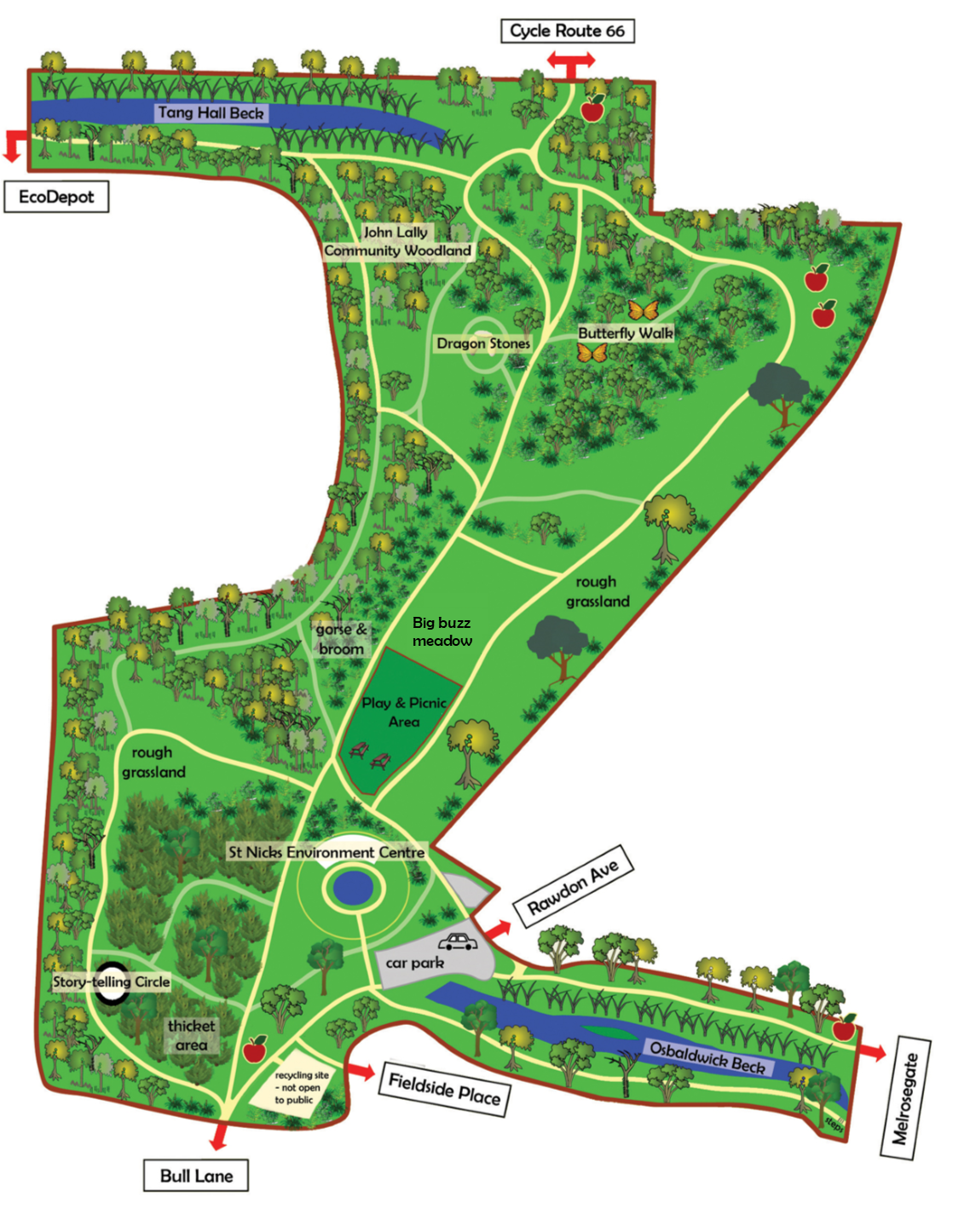
Come explore the green heart of York: a hidden gem just one mile from the city walls
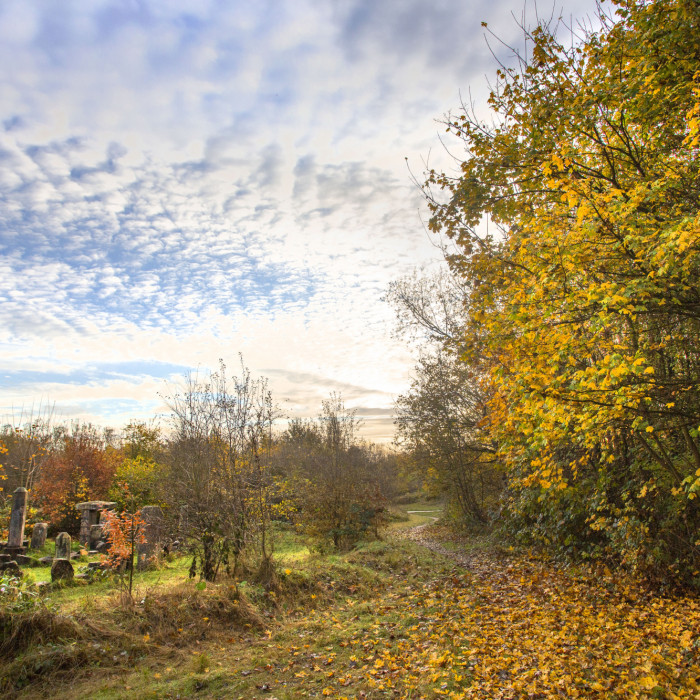
Maps and guides:

